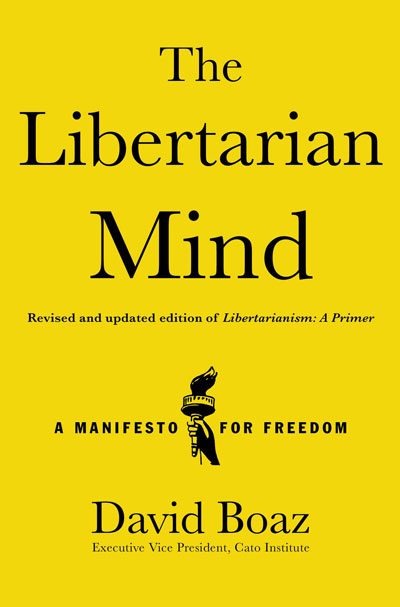Investment returns
As US Treasury secretary Henry Paulson meets in Beijing with Chinese vice-premier Wu Yi to discuss the US-China trade balance, the US commerce department has just released its monthly report on the widening trade deficit. Journalists report this in hand-wringing terms that consistently reflect little understanding of real economics. "Oh no, imports from China are up," blares my radio. "The only solution is to increase American exports to China."
And that's supposed to be the free-trade position, a counter to the argument for tariffs or other coercive measures to prevent China from forcing its products on innocent American consumers. (I'm omitting the safety and health problems with Chinese products for now, as we heard the same economic complaints when Japan was the biggest non-white exporter to the US. Somehow we've never worried so much about imports from Canada, the UK and Germany.)
Posted on March 28, 2014 Posted to Asia Pacific,Business,China,International trade,The Guardian,US economy
Investment returns
America shouldn't try to correct its record-high trade imbalance with China by rushing to increase exports
As US Treasury secretary Henry Paulson meets in Beijing with Chinese vice-premier Wu Yi to discuss the US-China trade balance, the US commerce department has just released its monthly report on the widening trade deficit. Journalists report this in hand-wringing terms that consistently reflect little understanding of real economics. "Oh no, imports from China are up," blares my radio. "The only solution is to increase American exports to China."
And that's supposed to be the free-trade position, a counter to the argument for tariffs or other coercive measures to prevent China from forcing its products on innocent American consumers. (I'm omitting the safety and health problems with Chinese products for now, as we heard the same economic complaints when Japan was the biggest non-white exporter to the US. Somehow we've never worried so much about imports from Canada, the UK and Germany.)
But this whole framework is misguided. Twenty-four years ago in the Cato Journal, the economist Ronald Krieger explained (comment beginning on page 667) the difference between the economist's and the non-economist's views of trade. The economist believes that "The purpose of economic activity is to enhance the wellbeing of individual consumers and households." And, therefore, "Imports are the benefit for which exports are the cost." Imports are the things we want - clothing, televisions, cars, software, ideas - and exports are what we have to trade in order to get them. (I see that Tim Worstall made the same point just last month on Comment is Free in response to the German foreign minister.)
Adam Smith wrote in 1776: "Nothing can be more absurd than this whole doctrine of the balance of trade." When two parties trade, each expects to gain. It doesn't matter whether they live in different neighbourhoods, different states or different nations. Each of us seeks to give away as little of our own wealth as possible to get as much possible from others. And as consumers pursue their wellbeing, trade will inevitably balance, though monthly statistics will offer many "imbalances" to raise alarms about. Secretary Paulson shouldn't worry too much about increasing exports, and he definitely shouldn't pressure the Chinese to send American consumers fewer products.
Posted on December 14, 2007 Posted to Asia Pacific,Business,China,Comment,Comment is free,guardian.co.uk,International trade,The Guardian,US economy



